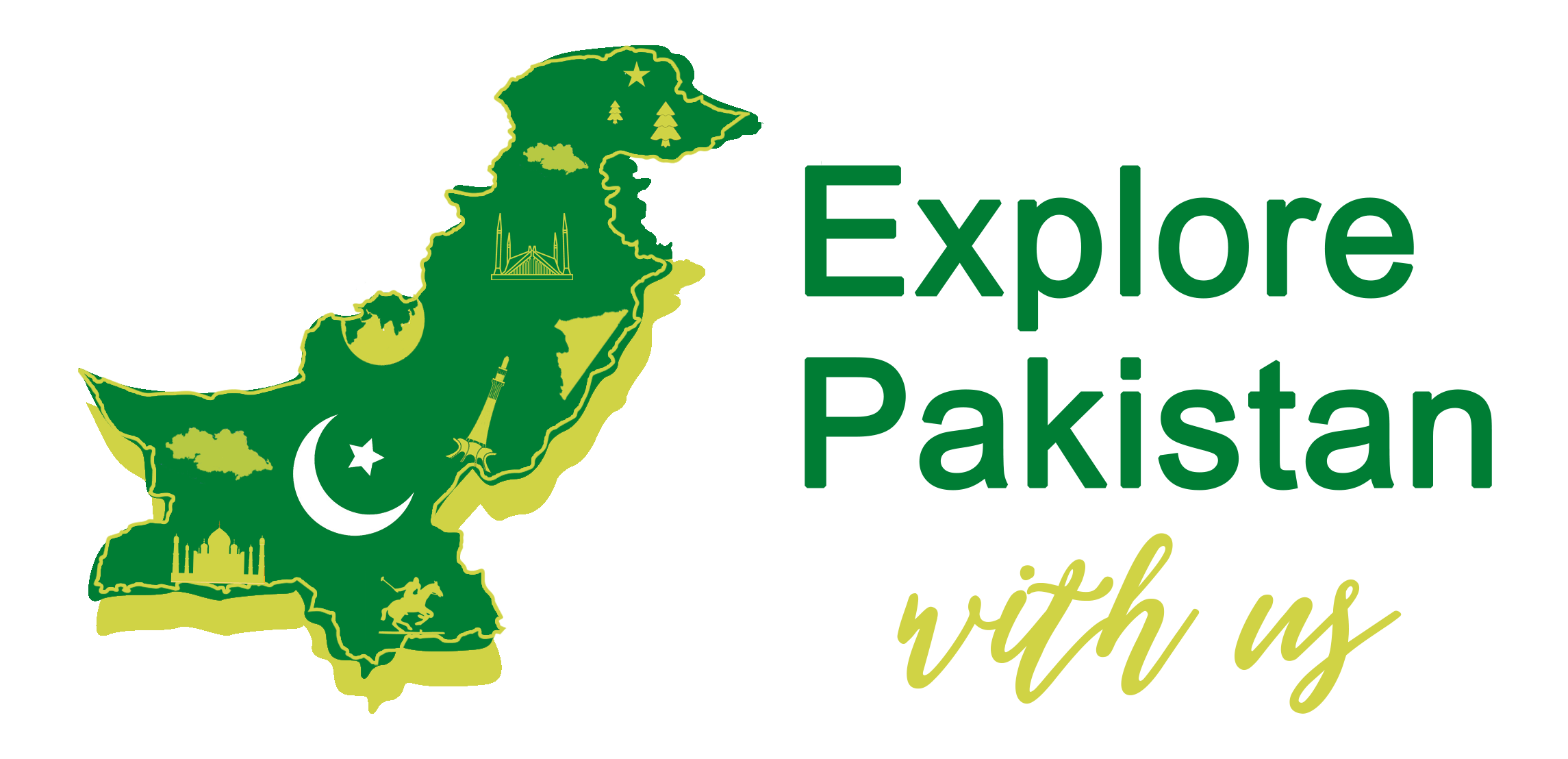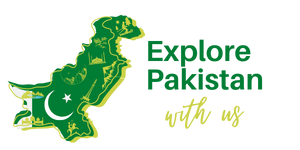fast withdrawal gambling sites 10
Fastest Withdrawal Betting Sites for Players 2025 To top it off, the withdrawal process is as smooth as the gameplay, allowing you to withdraw payouts hassle-free via gift cards, IBT (Instant Bank Transfer), and Skrill. Crown Coins is committed to creating a seamless deposit and withdrawal process that puts a premium on player convenience and […]
deposit match bonus 3
Best Deposit Match Bonus 2025: 100% First Deposit Bonuses If you lose a bet made with bonus funds, the bonus amount used is lost, just as if you had placed the bet with your own money. To successfully claim your Deposit Match bonus, you will need to go to our bonus list above and click […]
slot games online 19
Demo Over 3,000+ Online Free To Play Slots at PlaySlots Net This shows you how much you’ll be awarded by lining up different symbols across paylines. We recommend some online casinos with free spins or a free bonus with no deposit, though, where players can register, claim free money, play slots, and cash out real winnings. Free […]
secure casino site 8
Safe Online Casinos 2025 Most Secure Casino Sites If you encounter online casinos that don’t meet security standards, it’s essential to take immediate action. Contact AskGamblers to report unsafe casinos and contribute to the safety of the gaming community. Through their comprehensive platform, players can analyze casino sites for legitimacy and report potential threats. Safe […]
secure casino site 16
Safe Online Casinos 2025 Most Secure Casino Sites The regulatory landscape for Stablecoin casinos varies significantly across different jurisdictions. In some countries, cryptocurrency gambling exists in a legal gray area, as gambling laws were established before the advent of digital currencies and may not explicitly address them. The addition of generous bonuses, a rewarding VIP […]
safe online casino
Safe Online Casinos in 2025 Guide to Trusted Casino Sites A proper gaming license is one of the most important things to check before signing up. Licenses issued by trusted U.S. regulators like the New Jersey Division of Gaming Enforcement or the Michigan Gaming Control Board aren’t handed out lightly. They come with strict rules […]
safe online casino 3
Best European Online Casinos 2025: Reviews of Safe EU Casino Sites « Euro Weekly News Although he is better at playing blackjack than football, he loves kicking the ball every now and then. You can verify a casino’s license by checking the casino website’s footer. This should be clickable and lead you to a verification […]
bonus kasynowy 18
Kasyno Bonusy 2025 Uzyskaj 10 Bonus Kasynowy Podczas gry w kasynie zawsze postępuj zgodnie z regulaminem. Dlatego weź pod uwagę, że możesz mieć w kasynie tylko jedno konto gracza. Nie możesz więc zakładać wielu kont, żeby wymuszać bonusy kasynowe. Z racji bardzo korzystnych warunków, bonusy bez depozytu należą do najkorzystniejszych ofert promocyjnych w kasynach. Niestety, […]
blackjack online 8
Darmowy blackjack online Zagraj w darmowego blackjacka online bez p ✅ Możesz także zagrać w darmowe gry w blackjacka, aby przetestować nowe kasyno i zdecydować, czy chcesz spędzić w nim więcej czasu. ✅ Przed przejściem do gry na prawdziwe pieniądze możesz doskonalić swoją strategię w środowisku wolnym od ryzyka i niskiego stresu. Kursy blackjacka są […]
blackjack online 14
Online Blackjack: Przewodnik dla Graczy i Przegląd Kasyn Podczas wyboru kasyna online do gry w blackjacka, kluczowym aspektem jest bezpieczeństwo. Kasyno powinno posiadać licencję od uznanej organizacji regulacyjnej oraz stosować nowoczesne technologie szyfrowania danych, aby zapewnić ochronę Twoich danych osobowych i finansowych. Kasyna oferujące różne warianty blackjacka, od klasycznych wersji po bardziej innowacyjne, są wysoko […]

